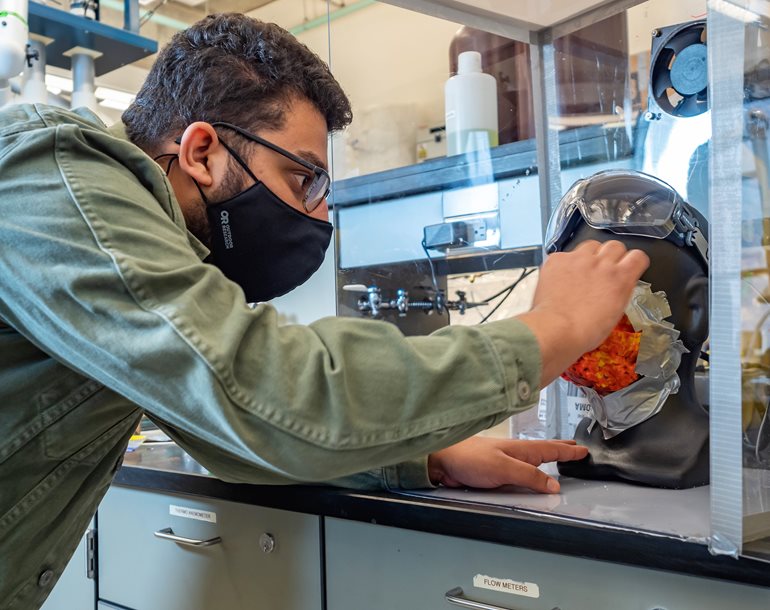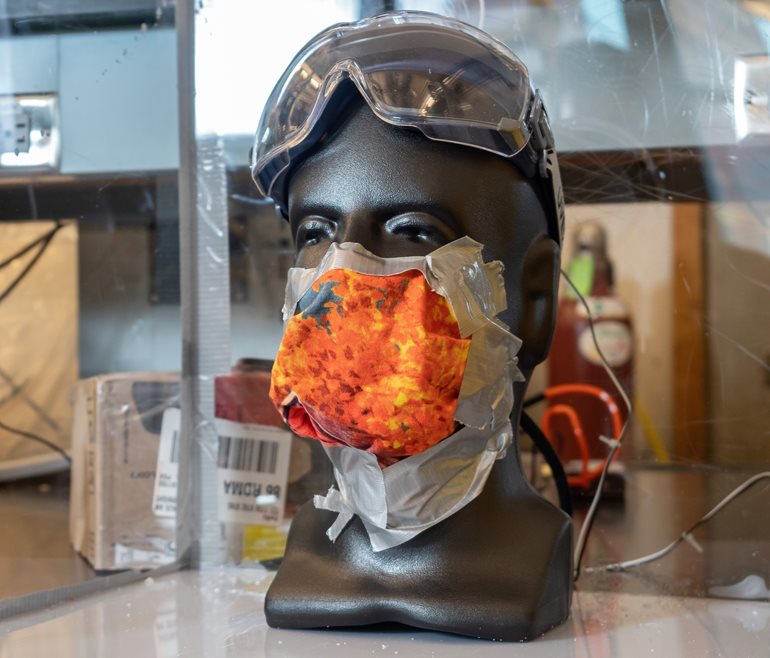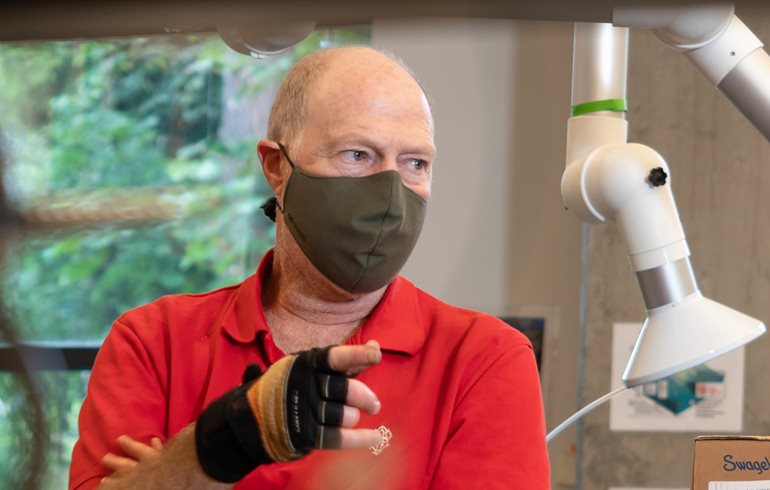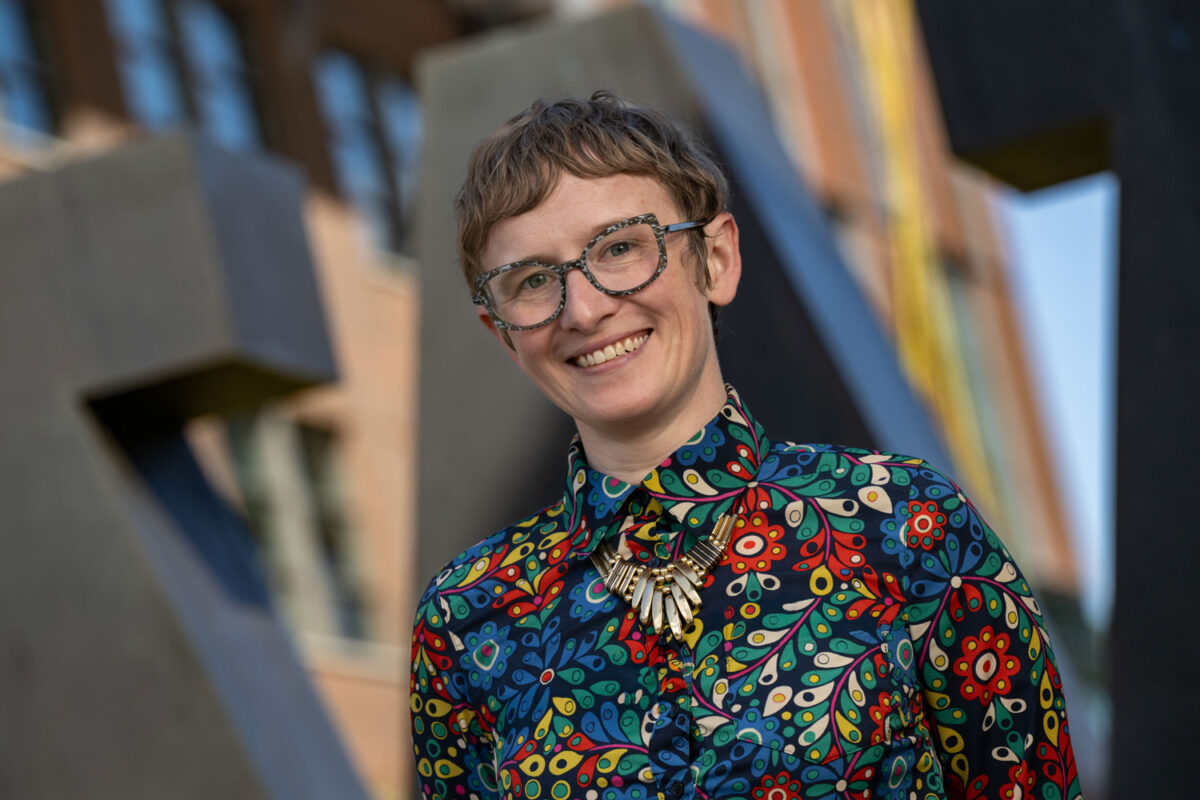
There are two factors to consider for a mask to protect against spreading the COVID-19 coronavirus. One is the material. The other is how the mask fits on the face — whether air leaks around the edges. When it comes to filtration, fit is more important than fabric, says Dan Jaffe, a professor of environmental chemistry at the University of Washington Bothell.
“Masks are basically air filters. I know a lot about air filtration, and I know a lot about aerosols because I’ve been studying them for the last 30 years,” said Jaffe, who researches atmospheric chemistry, smog and other air pollution such as wildfire smoke. In addition to his position in the School of STEM at UW Bothell, he’s also editor-in-chief of the journal Aerosol and Air Quality Research.
Any mask will filter infected droplets from a sneeze or cough, but finer aerosols, such as those people produce by singing, also are a mode of transmission, Jaffe said. That’s why mask leakage is an issue.
“When you or I go to the grocery store and put our masks on, we’re leaking a lot of air both in and out around the edges of the mask. That’s not great,” he said.
How good is your mask?

With the importance — often the requirement — of wearing masks, Jaffe decided to study their effectiveness with a student in his research group, Shahbaz Qureshi, who graduated in June with a degree in Biochemistry. They developed a simple test using a mannequin head equipped with a “breathing” tube. Air sucked through a mask is sampled by a device that measures particles.
One finding: A tight-fitting mask — one that is taped to the mannequin face — is twice as efficient. Since people are unlikely to tape a mask to their face, the researchers are looking for creative, acceptable ways to improve that seal.
The testing detects aerosols commonly found in room air, Jaffe said. The next step in the research would be to put the masked mannequin in a box where a controlled aerosol, such as incense, would be introduced and measured.
Student challenge

Jaffe plans to present the filtration problem to students in a chemistry course he’s teaching this fall, Quantitative Environmental Analysis. “Students will for themselves see: How good is my mask, and how important is the fit?” Jaffe said.
They’ll be challenged to come up with improvements, maybe a design change or adhesive. “What could you do around the edges of the mask to keep air from leaking in?”
Tests so far look promising, said Jaffe. They reinforce the message that masks reduce the spread of the coronavirus.
“All masks reduce the particulate — the aerosols you’re putting out in the world and the aerosols you’re breathing in — both ways to some degree,” he said. “If you wear it properly and you have a tight-fitting mask, it reduces it a lot more.”



